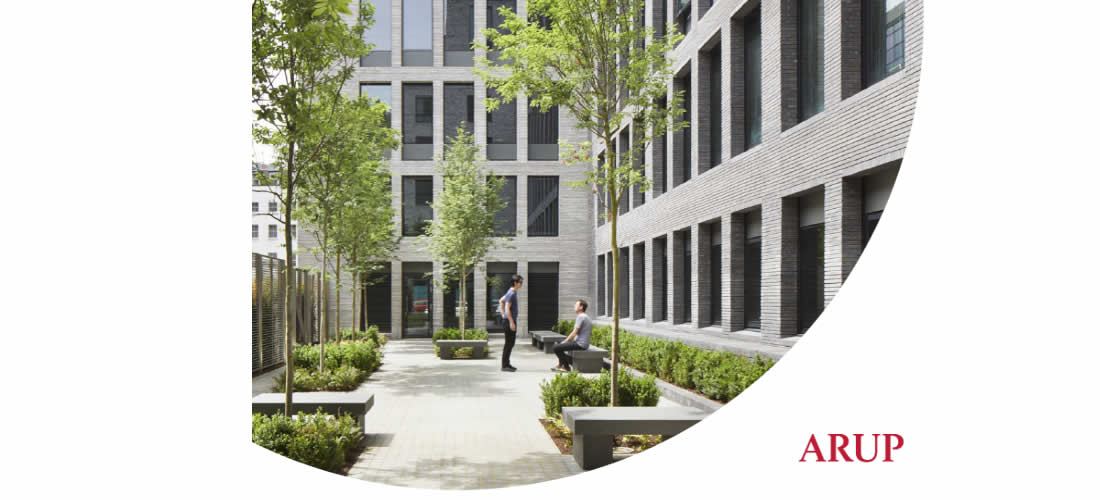Tato zpráva se podrobně zabývá výsledky šesti případových studií hodnocení celého životního cyklu (WLCA), které ilustrují některé výzvy, překážky a příležitosti související s uhlíkovou stopou ve stavebnictví.
Analyzing the whole life carbon emissions of six building projects using the WBCSD Building System Carbon Framework, the report shows that:
- An average whole life carbon footprint of 1,800 kgCO2e/m2 was estimated across the six case studies.
- As much as 50% of whole life carbon emissions in a building comes from embodied carbon (manufacturing of materials and the construction process) the majority of this being emitted immediately at the start of the life cycle.
- Typically as few as six materials account for 70% of the construction-related embodied carbon.
The report identifies crucial next steps to support the sector’s journey toward decarbonization:
- Adopt a clear definition of a net-zero building, taking into account whole life-cycle carbon.
- Carry out WLCA on all projects, using a consistent methodology and open-source sharing of the data obtained.
- Commit to clear, simple global targets across the buildings industry, including a valid approach to residual emissions (offsetting).
- Develop consistent and transparent carbon intensity certification for components, systems and materials used by the industry.
- Achieve wider collaboration as individual organizations taking action is not enough.
WBCSD developed this report in collaboration with professional service firm Arup. The authors encourage stakeholders from across the built environment to conduct whole-life carbon assessments of their projects and openly publish the results to create a body of evidence and foster shared learning.
Zdroj: www.wbcsd.org
 Cs
Cs